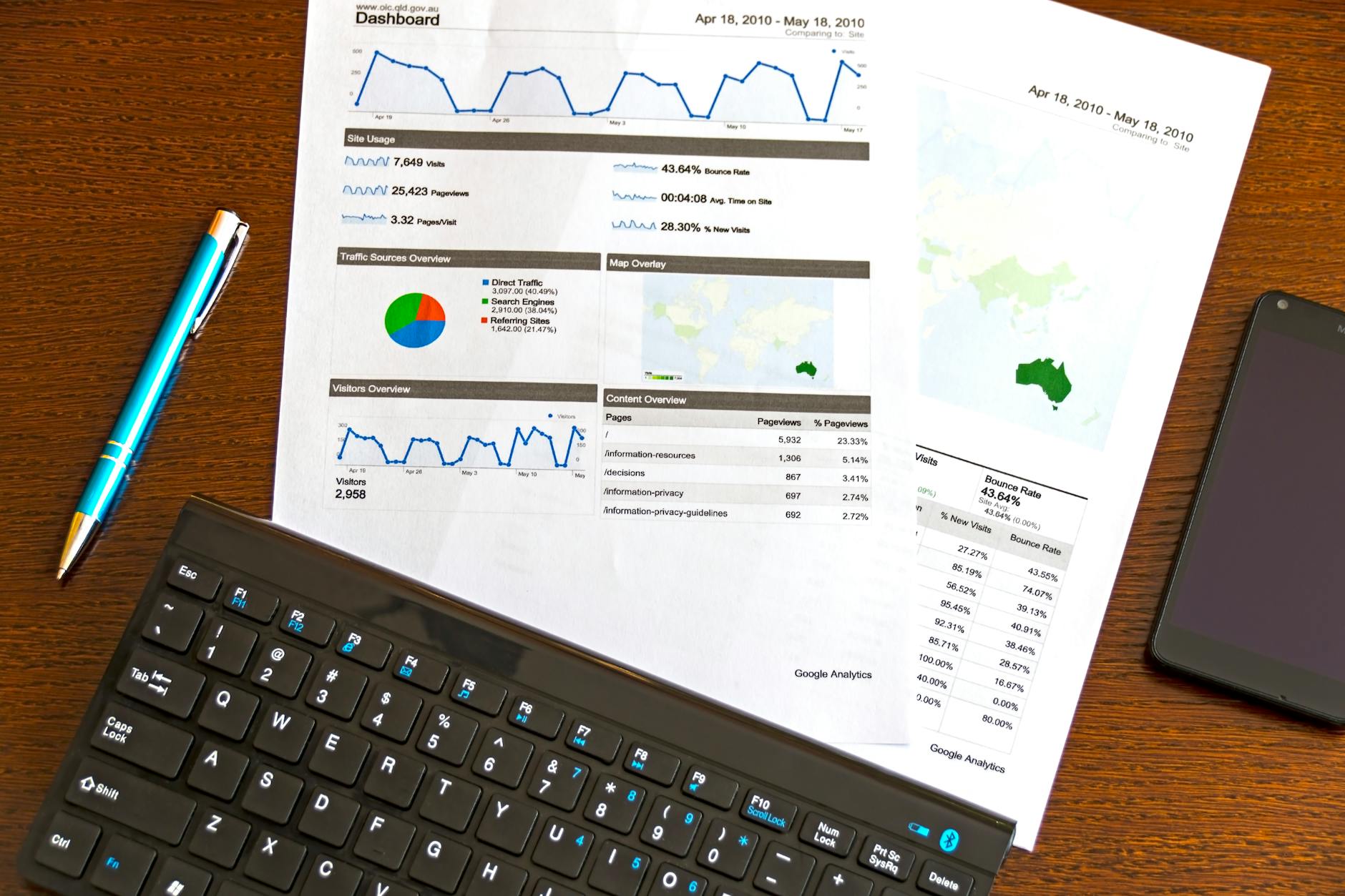Key Trends in Data Analytics and Financial Reporting for Business Intelligence
Key trends in data analytics and financial reporting for business intelligence have become essential for companies striving to gain a competitive edge in today’s fast-paced market. As organizations accumulate massive volumes of data, leveraging this information efficiently is critical for making informed decisions. Business intelligence (BI) systems, enhanced by advanced data analytics and innovative financial reporting tools, now enable businesses to transform raw data into actionable insights. This article explores the most significant trends shaping data analytics and financial reporting within BI, from the rise of artificial intelligence and automation to real-time reporting capabilities and data governance practices. Understanding these developments can help businesses optimize their analytics strategies, improve decision-making agility, and maintain compliance in an increasingly complex regulatory environment.
Integration of artificial intelligence and machine learning
Artificial intelligence (AI) and machine learning (ML) are revolutionizing how data is analyzed and financial reports are generated. AI algorithms excel at recognizing patterns, predicting trends, and automating routine tasks that were traditionally time-consuming for analysts. For instance, ML models can enhance forecasting accuracy by analyzing historical financial data alongside external market indicators. This integration not only speeds up the analytical process but also uncovers insights that might be missed by human analysis alone. Additionally, AI-powered chatbots and virtual assistants are transforming the accessibility of BI tools, enabling decision-makers to query data and receive instant explanations, thereby democratizing data usage within organizations.
Real-time data analytics and financial reporting
Businesses increasingly demand real-time insights to react swiftly to market changes, making real-time data analytics a critical trend. Traditional batch processing of financial data is often too slow to meet these requirements. Instead, streaming data analytics and continuous reporting platforms allow companies to monitor key performance indicators (KPIs) and financial metrics as they evolve. Real-time dashboards provide executives and finance teams with up-to-the-minute information, empowering proactive decision-making. This capability is especially valuable for risk management, cash flow monitoring, and sales performance analysis, fostering a more agile and responsive business environment.
Advanced data visualization and storytelling
Effective communication of data insights is crucial for driving action. Recent developments in data visualization techniques have improved how financial information is presented within business intelligence tools. Interactive dashboards, dynamic graphs, and narrative-driven reporting help translate complex datasets into intuitive stories that resonate with diverse stakeholders. By integrating visualization with storytelling principles, organizations can highlight key trends, anomalies, and opportunities without overwhelming users with raw data. This evolution enhances stakeholder engagement, improves transparency, and supports collaborative decision-making across departments.
Strong emphasis on data governance and compliance
With increasing regulations concerning data privacy and financial transparency, robust data governance frameworks have become indispensable. Data governance ensures that data used in analytics and financial reporting is accurate, consistent, and secure. Businesses now adopt comprehensive policies to govern data access, quality control, and audit trails, aligning with standards such as GDPR, SOX, and IFRS. This focus not only minimizes regulatory risks but also builds stakeholder trust by demonstrating accountability and data integrity. Additionally, governance practices support ethical AI deployment and mitigate biases in analytics outcomes.
| Trend | Description | Business impact |
|---|---|---|
| AI and machine learning | Automates data processing and improves predictive accuracy | Higher efficiency and deeper insights |
| Real-time analytics | Enables continuous monitoring and instant reporting | Faster decision-making and risk mitigation |
| Data visualization | Uses interactive dashboards and storytelling for clarity | Improved stakeholder engagement and comprehension |
| Data governance | Enforces data quality, security, and compliance | Reduced regulatory risks and enhanced trust |
In conclusion, the landscape of data analytics and financial reporting is rapidly evolving to support more intelligent and agile business intelligence practices. The adoption of AI and machine learning enables deeper data exploration and efficiency gains, while real-time analytics provide the immediacy necessary for modern decision-making. Complementing these technologies, advanced visualization and storytelling turn complex data into understandable narratives that facilitate collaboration across organizations. Meanwhile, strong data governance remains a foundation for compliance and confidence in insights. Together, these trends empower businesses to navigate uncertainty, optimize performance, and deliver greater value to stakeholders. Embracing these advancements is no longer optional but a strategic imperative for any company aiming to thrive in the digital economy.
Image by: AS Photography
https://www.pexels.com/@asphotography
editor's pick
latest video
news via inbox
Nulla turp dis cursus. Integer liberos euismod pretium faucibua


